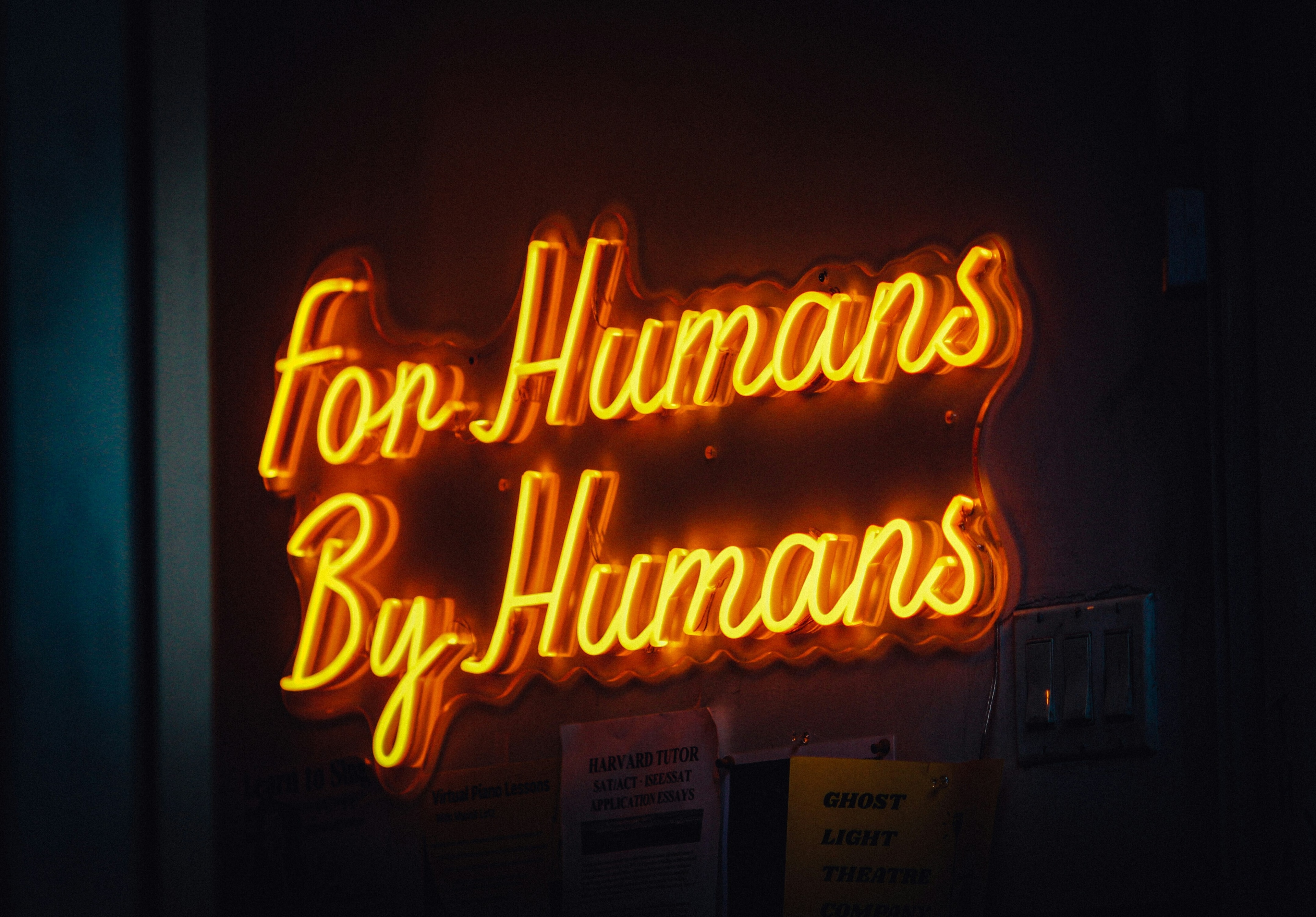Are you ready for hybrid workplaces?

Remote workers may struggle with both personal and technical issues.
Image: REUTERS/Eva Plevier
Stay up to date:
Future of Work
- After the pandemic, many companies are expected to adopt a hybrid model of working, with a combination of remote and in-person work.
- The hybrid workplace has risks that need to be managed carefully.
- Professors Martine Haas and Mark Mortensen explain the pitfalls and how they can be overcome.
The future of work is hybrid.
In the post-pandemic world, many companies will embrace the lessons learned from more than a year of telecommuting and not fully return to the office. Instead, Wharton management professor Martine Haas said, they will adopt a hybrid model with some combination of remote and in-person work.
“It’s going to be complicated to manage, but at the same time there are benefits that are probably pretty substantial,” she said. “Ideally, you’ll get some of the benefits of traditional co-located work, and you’ll also get some of the benefits, which we now know to be more substantial than we’d realized, of remote working.”
Haas and Mark Mortensen, an associate professor of organizational behavior at INSEAD, wrote about the hybrid workplace in a recent edition of the Harvard Business Review. Haas joined the Wharton Business Daily radio show on SiriusXM to share takeaways from the article. (Listen to the podcast above.)
The rewards of remote work are indeed substantial. Employees have reported higher job satisfaction because of the flexibility and have proven they aren’t slacking off just because they’re home. And everyone has adapted quickly to the digital tools that enable remote work.
But the hybrid workplace has risks that need to be managed carefully, Haas said. Chief among those risks is the power differential created when some employees work from home while others work in-person.
“A hybrid workforce will be much more difficult to manage, [and] that should be taken really seriously,” Haas said.
She outlined some pitfalls for both managers and employees:
For Employees
A power differential can happen simply through physical access to the workplace, Haas explained. On-site employees can take advantage of all the resources available at the office, whether those resources are things or people. And employees who are in close proximity can more easily network and collaborate. By contrast, remote workers may struggle with both personal and technical connections, making it difficult to demonstrate their competence.
“Not being present for informal interactions leaves remote workers feeling out of the loop and last to know. Being remote may also lead employees to feel more isolated and lacking the relationships and connections that provide social support,” Haas and Mortensen wrote in their article.
Another big worry for hybrid workers is visibility. In some environments, out of sight means out of mind.
“If you have more access to resources and more visibility, that makes you potentially a more powerful, influential person in your team or in your work group,” Haas said. “Depending on where you’re positioned in this hybrid system, you’re going to maybe have more power or less power than somebody else.”
For Managers
Managers also have to navigate a new normal in the hybrid workplace. Haas said it’s important they recognize that each employee will differ in “hybrid competence” and need different support from the boss. Some remote workers may require help getting resources, while others may want to feel more connected to the group.
“If you’re a manager, you’re going to need to understand what your employees are facing” Haas said.

Managers also have to be vigilant about worker visibility. They shouldn’t rely on — or reward — only the employees who are with them in the office.
“Be really conscious that you don’t evaluate people using criteria that are based on unfair standards, like whether or not they’re highly visible to you all the time,” Haas said. “It’s very easy for us to say that somebody we see all the time must be working harder than somebody who we don’t see.”
What is the World Economic Forum doing about the Fourth Industrial Revolution?
Remote managers should be aware of their own visibility issues, she said. They must ensure they are available to both remote and co-located employees, and they must not lose track of people or tasks that are being executed remotely. Managers who work away from their teams always run the risk of not knowing exactly what’s going on, Haas said.
Is Hybrid Here to Stay?
Haas said she believes the hybrid workplace will be standard for some time, especially because the pandemic accelerated an existing trend toward remote work. But whether the hybrid model becomes permanent is the “million-dollar question.” Some companies will find great advantages in it, from reduced office expenses to flexibility in hiring. But other firms may decide innovation, creativity, and collaboration are better when everyone is together.
“Can you maintain company culture in these hybrid systems? I think that is going to be a really interesting question going forward,” Haas said. “It’s going to take a while to really play through. I think we’re going to be in this hybrid state for at least some years to come as companies figure out whether it’s going to work well for them going into the future.”
Accept our marketing cookies to access this content.
These cookies are currently disabled in your browser.
Don't miss any update on this topic
Create a free account and access your personalized content collection with our latest publications and analyses.
License and Republishing
World Economic Forum articles may be republished in accordance with the Creative Commons Attribution-NonCommercial-NoDerivatives 4.0 International Public License, and in accordance with our Terms of Use.
The views expressed in this article are those of the author alone and not the World Economic Forum.
Related topics:
Forum Stories newsletter
Bringing you weekly curated insights and analysis on the global issues that matter.
More on Jobs and the Future of WorkSee all
Atul Kumar
August 12, 2025
Shuvasish Sharma
August 6, 2025
Samuel Alemayehu
August 5, 2025
Neeti Mehta Shukla
August 1, 2025
Lisa Bechtold
July 29, 2025
Katica Roy
July 23, 2025





